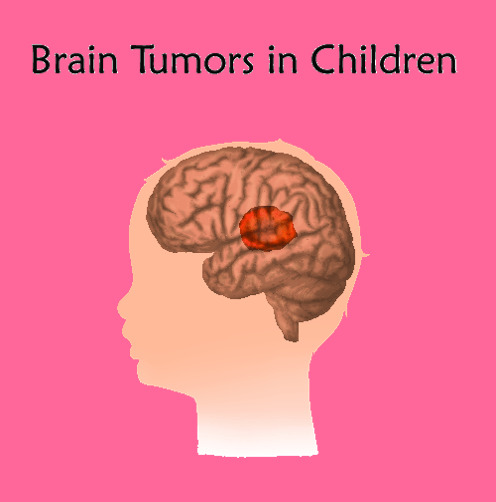Most brain tumours in infants and children require surgical removal or a biopsy, as part of the treatment. The surgeon may recommend surgery to remove as much of the tumour as safely possible as a first step and to relieve intracranial pressure caused by the tumour. For low-grade or slow-growing tumours, surgery may be the only intervention necessary.
Some Malignant tumours and tumours in the eloquent/critical areas of the brain may need radiation or chemotherapy and, in some cases, both if required. Decisions on treatment strategy are made on a case-by-case basis.
- Surgery
- Radiation
- Medical Oncology
The surgical removal of a brain tumour is the most beneficial option for patients. The surgeon tries to remove the tumour as much as possible without injuring brain parts.
- Craniotomy- Conventionally, neurosurgeons open the skull by this procedure to remove the tumour. Compared to adults, surgeries in children involve higher precision when it comes to the openings made in the skull. This is also to exercise high vigilance and caution about blood loss.
- Stereotactic surgical biopsy- It is sometimes performed to help diagnose the tumour. A small sample of tissue is obtained and sent for histopathological evaluation.
- Surgical navigation systems- help the surgeon to a precise opening for the tumour excision. It also guides intraoperatively for complete tumour removal.
Ventriculoperitoneal shunting and Endoscopic Third Ventriculostomy
What is CSF?
Cerebrospinal fluid (CSF) is a fluid found within the brain and spine that circulates in the system continuously. Suppose there is a block in circulation due to the mass effect of the tumour. In that case, the ventricles (the cavity containing CSF) enlarge, increasing the pressure within the skull leading to a condition called Hydrocephalus.
Ventriculoperitoneal Shunting and Endoscopic Third Ventriculostomy can treat Hydrocephalus.
- Ventriculoperitoneal Shunting – The neurosurgeon uses a shunt to divert the CSF, causing the pressure to build up in the skull. The fluid is drained through the shunt into the peritoneal cavity (the cavity housing the abdominal organs), which helps reduce the pressure.
- Endoscopic Third Ventriculostomy- The neurosurgeon uses this procedure to divert the brain fluid around the obstruction without needing a shunt.


